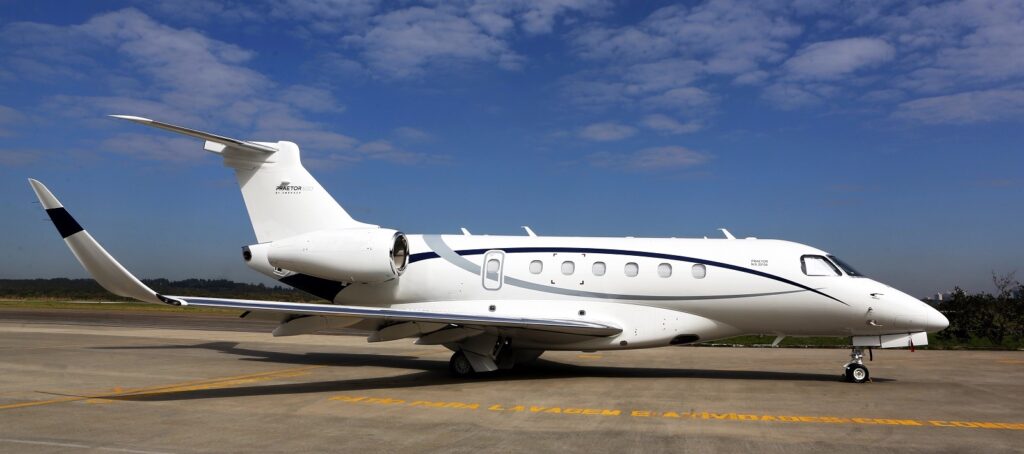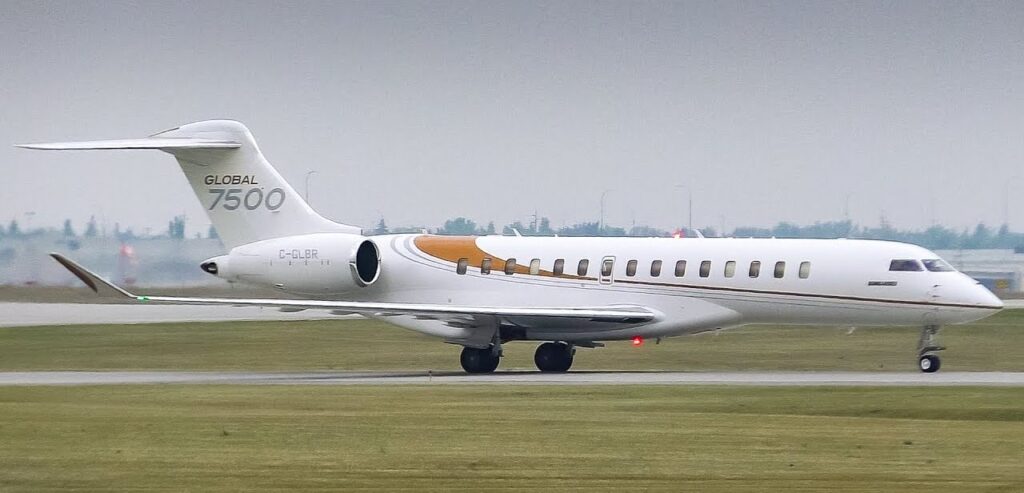Universal Avionics ClearVision™ EFVS Selected for World’s First Supersonic Business Jet
Universal Avionics (UA) announces the selection of its ClearVision Enhanced Flight Vision System (EFVS) for the Aerion AS2. The company’s complete Head-Up Display (HUD) and EFVS solution featuring the SkyLens™ Head-Wearable Display (HWD) with its proven unlimited Field of Regard will…


